A herd of African forest elephants moves majestically through a tropical rainforest. With each step, they trample dense vegetation that, left untouched, would absorb and store the sun’s heat and warm the ground below. As they trample the plants, the sun’s rays instead reflect off the newly exposed ground, cooling the planet’s surface. The herd grazes. They clear away brush and excess foliage, reducing potential kindling for future wildfires and creating paths that act as natural fire breaks. The herd moves on, dispersing seeds through their dung which will grow into some of the largest carbon-absorbing trees in the forest. Elephants act as ecosystem landscapers, but that is not their only contribution to nature. New research indicates that forest elephants play an important role in mitigating climate change.
Much of the scientific knowledge on how large herbivores maintain biodiversity and contribute to carbon storage in their ecosystem comes from studying herbivores in the savanna. Far less is known about those dwelling in forests, like the African forest elephant. Dr. Stephen Blake, an assistant professor of biology at Saint Louis University, and his colleagues recently published a study documenting how the decline of forest elephants is expected to negatively impact carbon storage in African rainforests.
“Elephants are the gardeners of the forest,” says Blake. “They plant the forest with high carbon density trees and they get rid of the ‘weeds,’ which are the low carbon density trees. They do a tremendous amount of work maintaining the diversity of the forest.”
Forest elephants’ natural behavior and feeding preferences increase a forest’s capacity for carbon storage. They prefer leaves from faster-growing trees, which have lighter-weight wood (and therefore have lower carbon density), because they are more digestible and palatable. Carbon density is the amount of carbon measured in a particular type of vegetation or ecosystem; this helps scientists understand which environments (like rainforests) and plants (like trees with denser wood) absorb the most planet-warming carbon dioxide from the air, reducing the effects of climate change. Because they grow quickly, low carbon density trees tend to rise high and hog the sunlight from the plants below. By thinning the forest of low carbon density trees, elephants allow more sunlight to reach the high carbon density trees, which grow more slowly and absorb more carbon due to their heavier wood. Fruits from high carbon density trees are also a favorite of elephants, and the seeds from these various fruits are spread throughout the forest by elephants in their dung. This dispersal and fertilization of seeds fosters the growth of more high carbon density trees, boosting the forest’s ability to capture more carbon from the atmosphere.
Africa was once home to 10 million elephants. Tragically, they endured decades of ivory poaching, and today, human-elephant conflict and habitat loss are accelerating and putting them at risk. Fewer than 500,000 elephants remain today, with most groups living in isolated pockets. But forest elephant populations are especially fragile; in the last three decades, their numbers have plummeted by more than 85% and they are now listed as Critically Endangered. If forest elephants were to vanish, it would be especially devastating for Africa’s rainforests. Without forest elephants, Blake and his colleagues predict, the continent’s rainforests could experience a 6-9% decline in the forests’ ability to absorb carbon.
“The importance of forest elephants for climate mitigation must be taken seriously by policymakers to generate the support needed for elephant conservation,” says Blake. “The role of forest elephants in our global environment is too important to ignore.”
Conserving the forest elephants of the Congo Basin and West Africa is critical. In many areas, forest elephant populations are now so low that they are considered functionally extinct—meaning that they have no significant impact on the forest’s ecology.
“Elephants are protected under national and international law, and yet poaching continues,” says Blake. “These illegal killings must stop to prevent forest elephant extinction. Now we have a choice. As a global society, we can continue to hunt these highly social and intelligent animals and watch them become extinct, or we can find ways to stop this illegal activity.
“Save the elephants and help save the planet,” he says. “It really is that simple.”
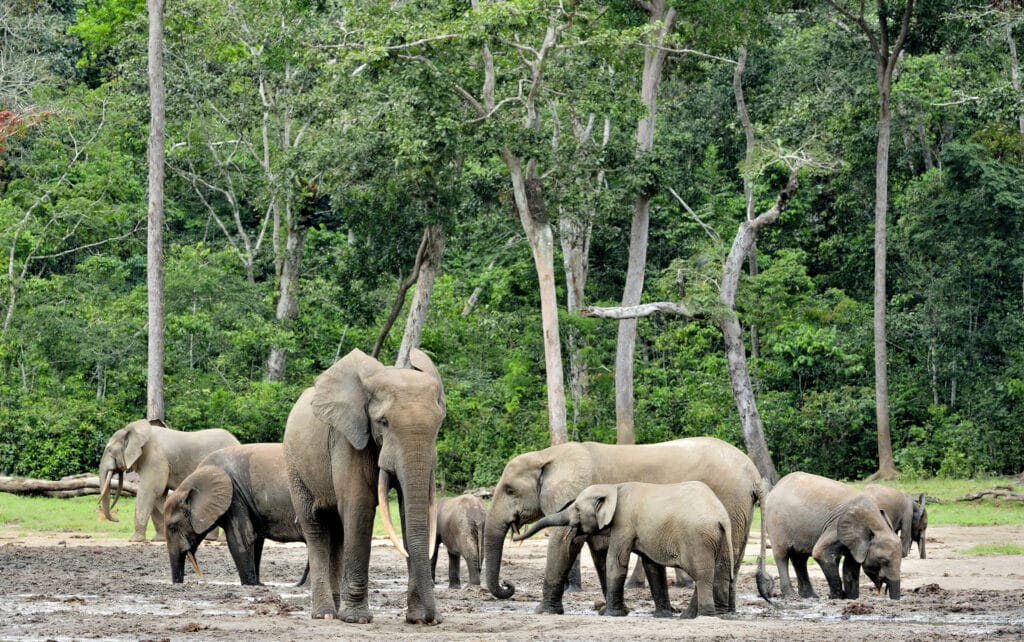
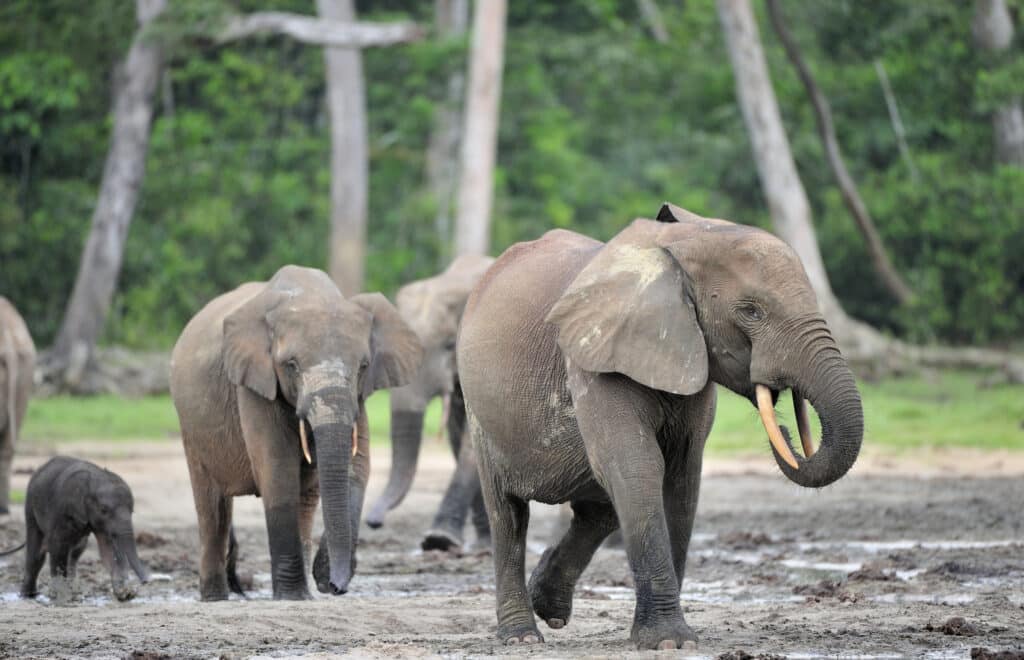
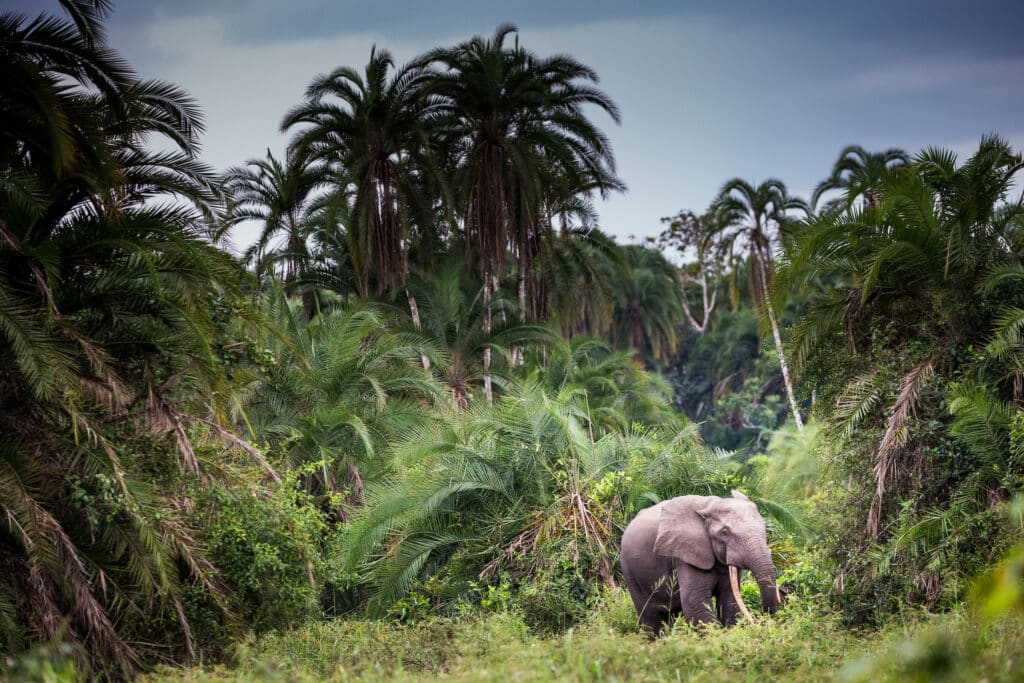
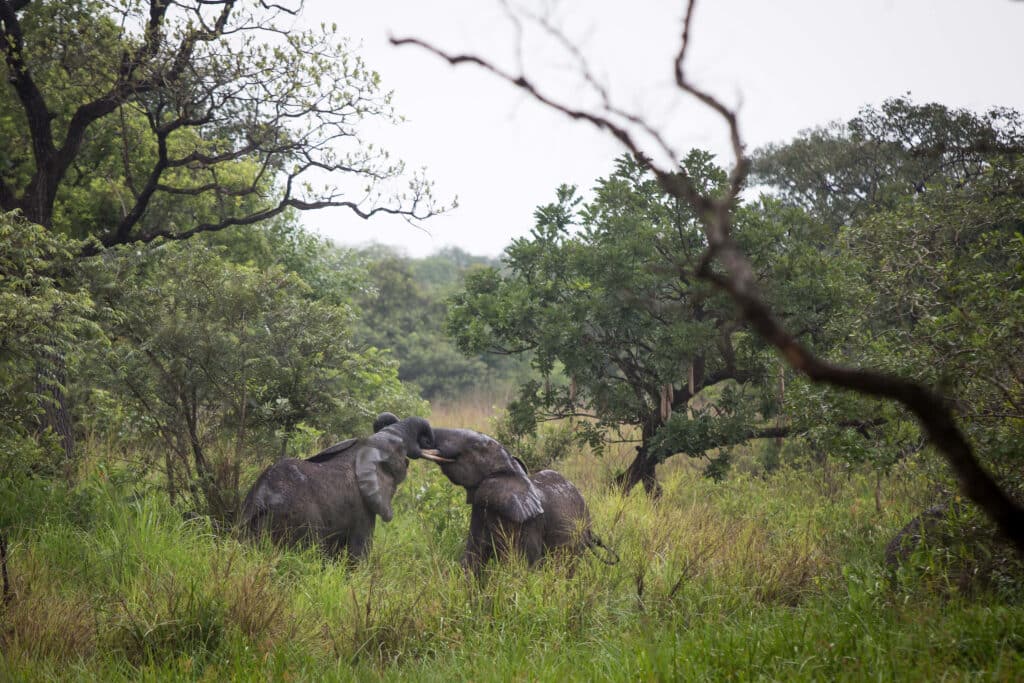
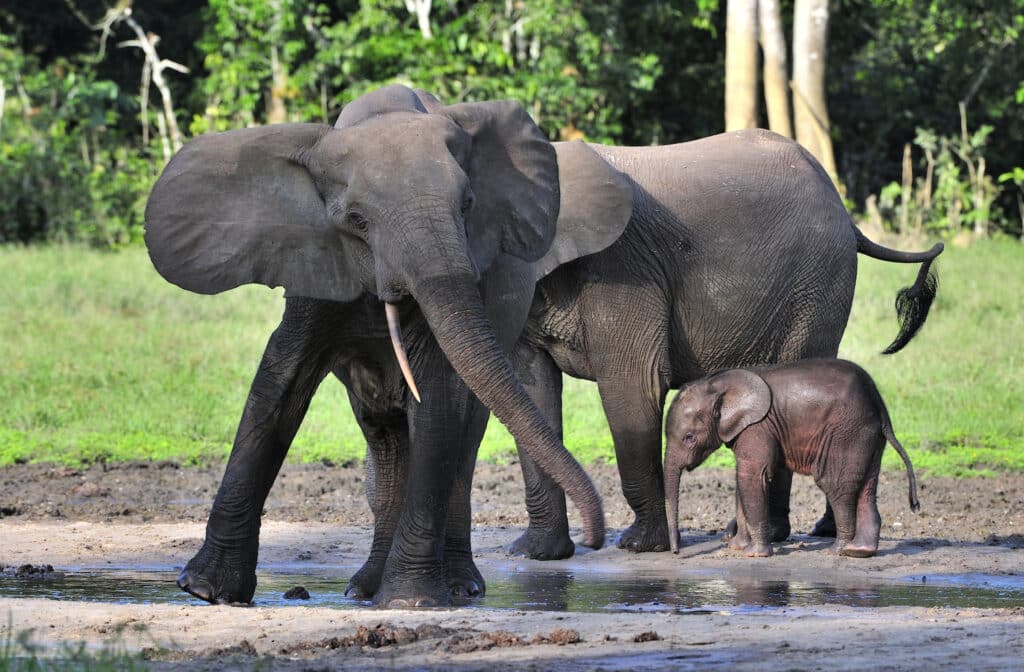
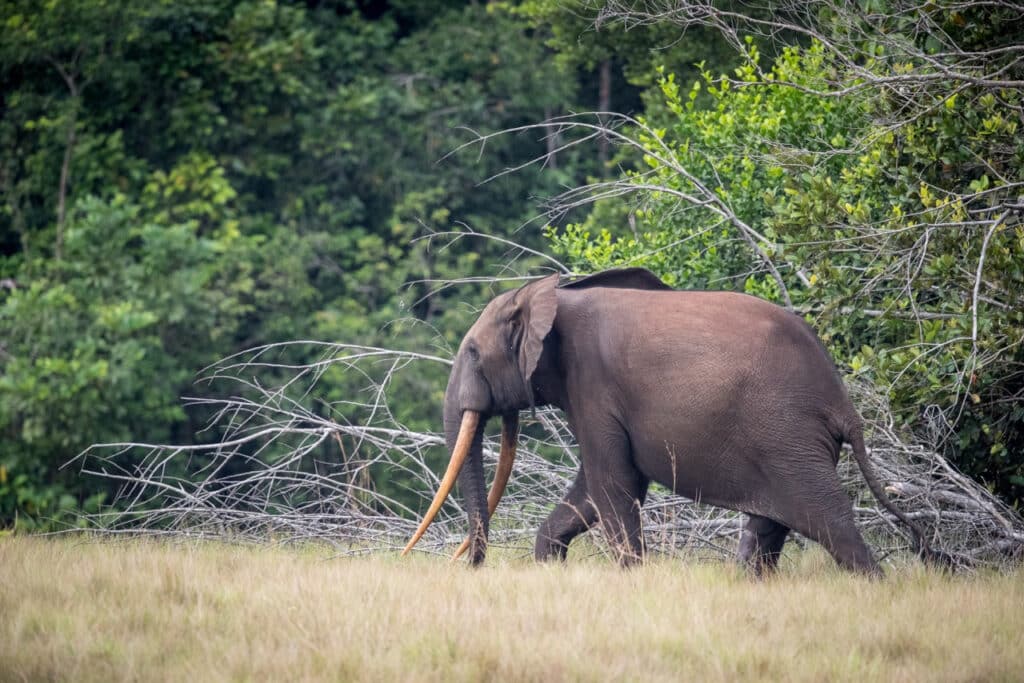
8 Comments